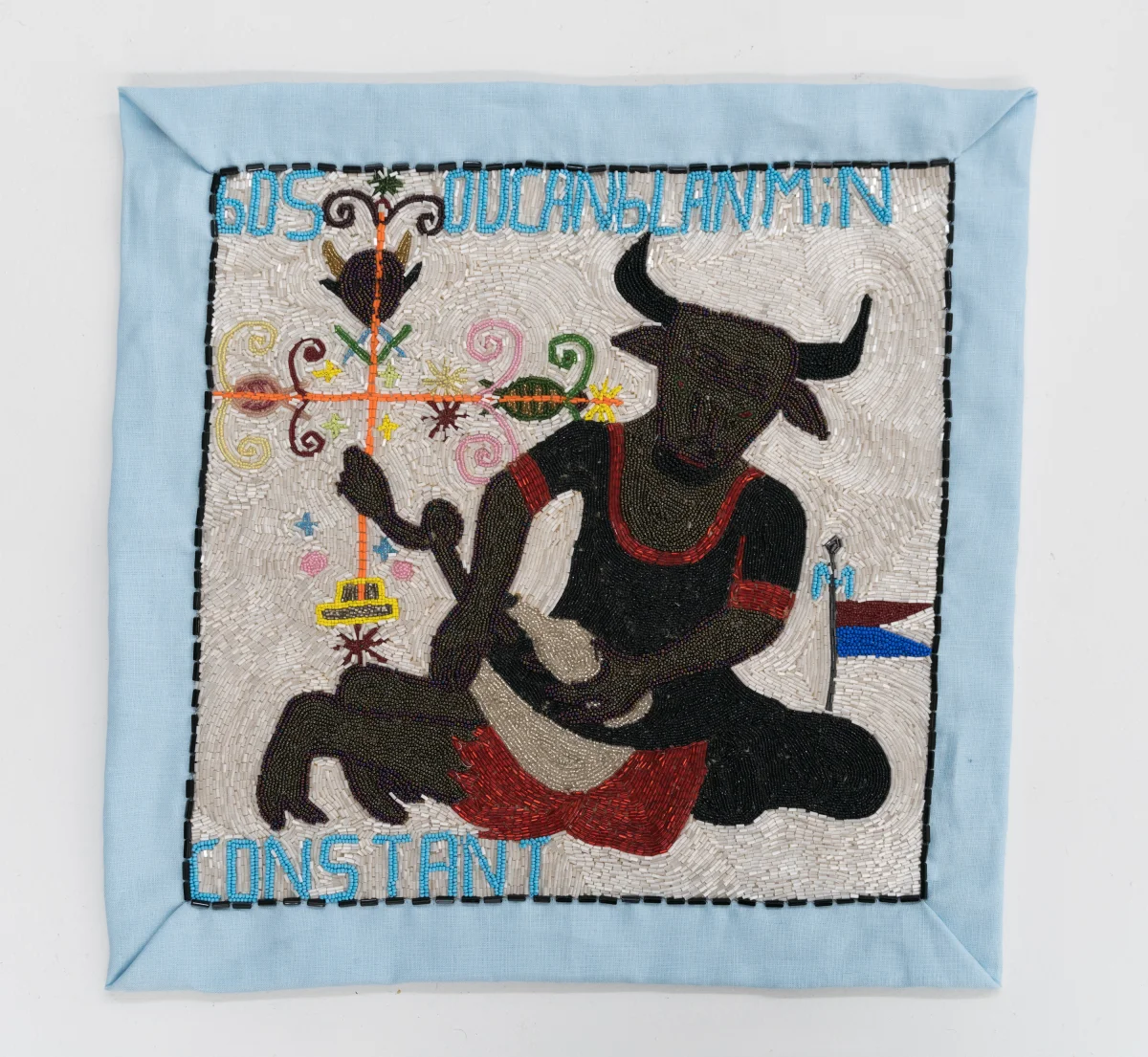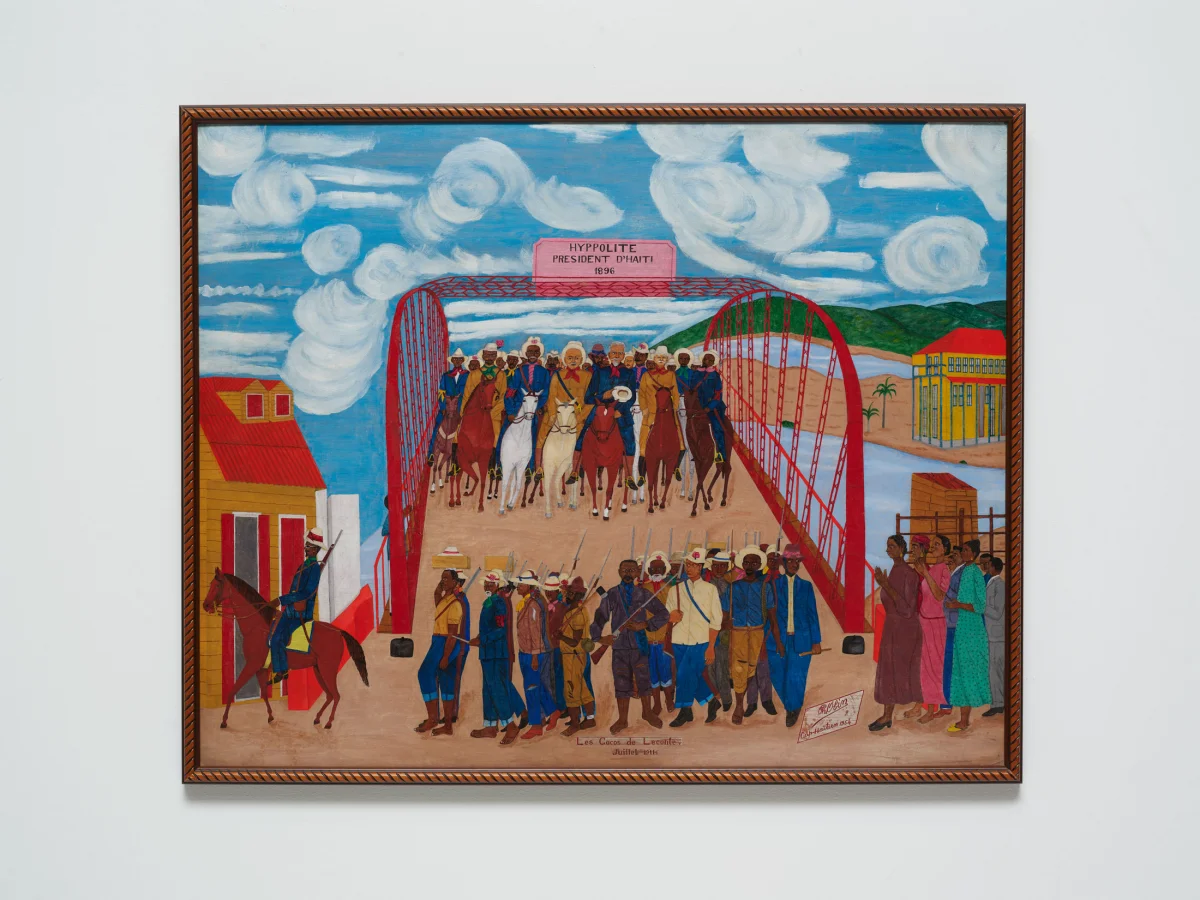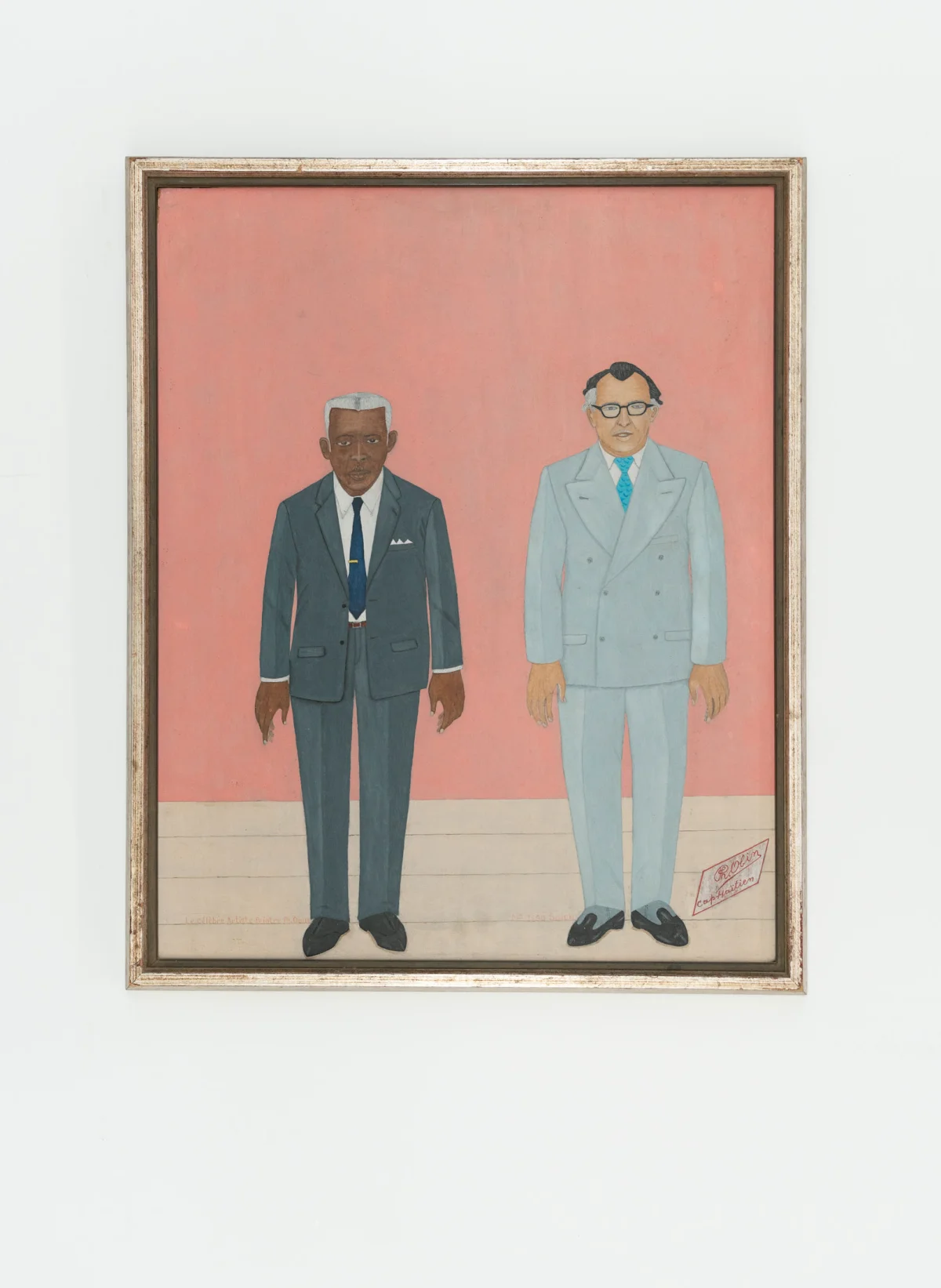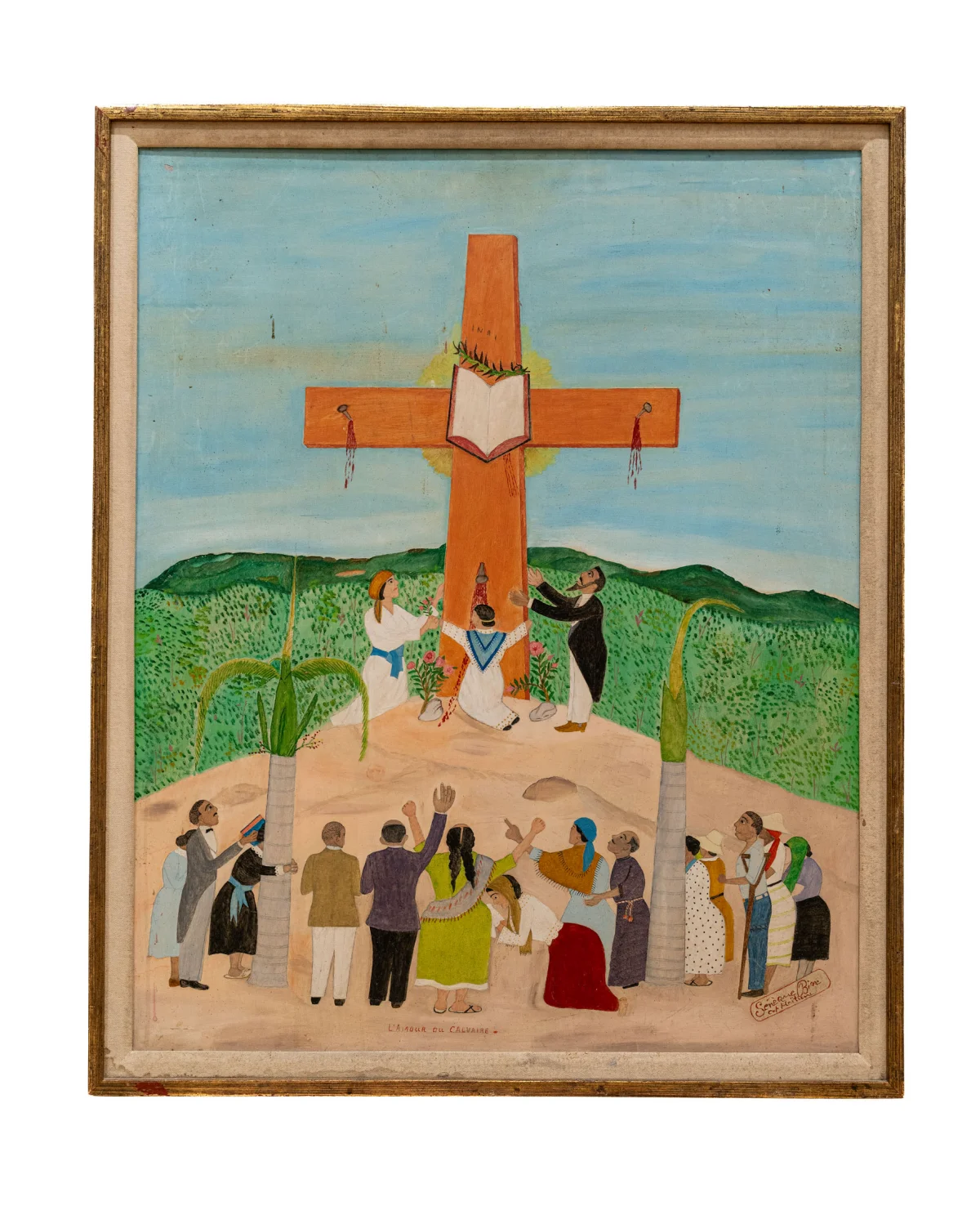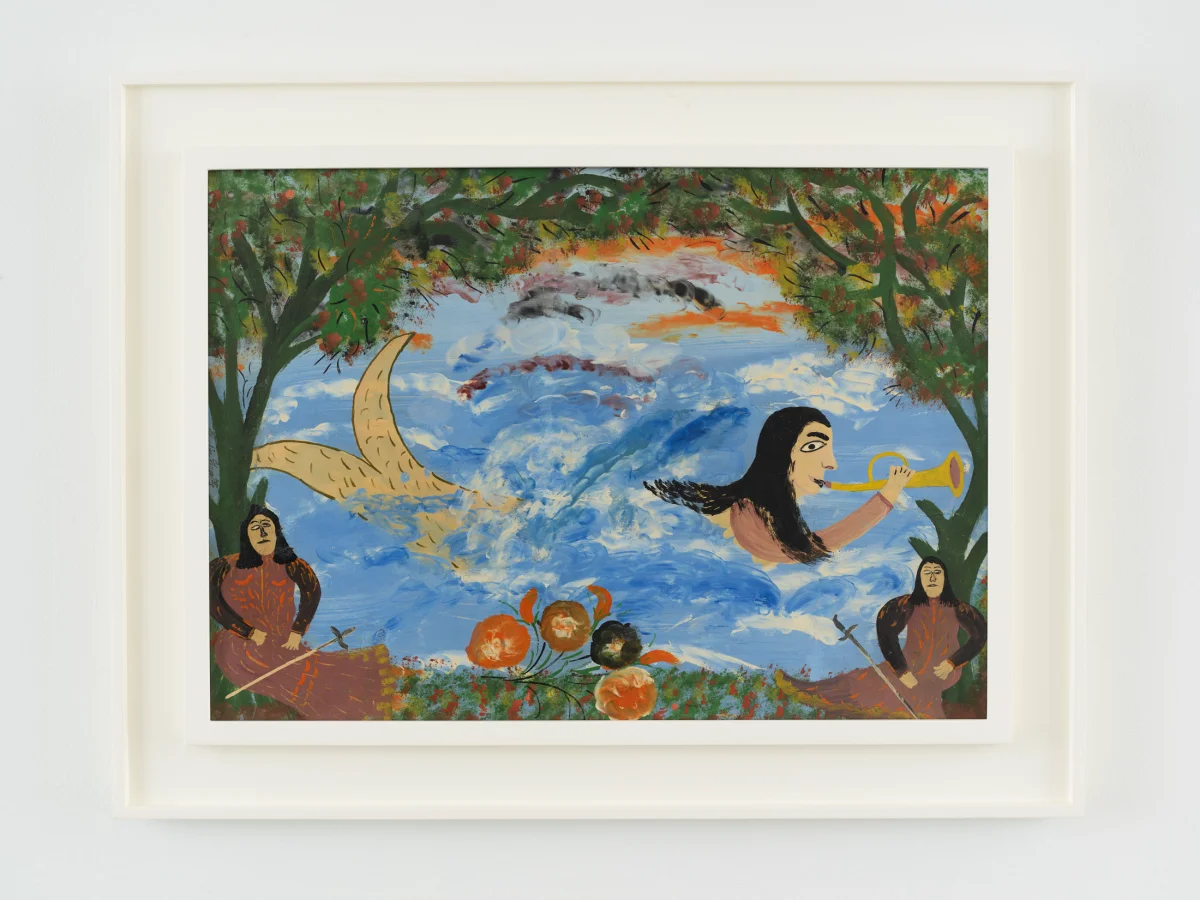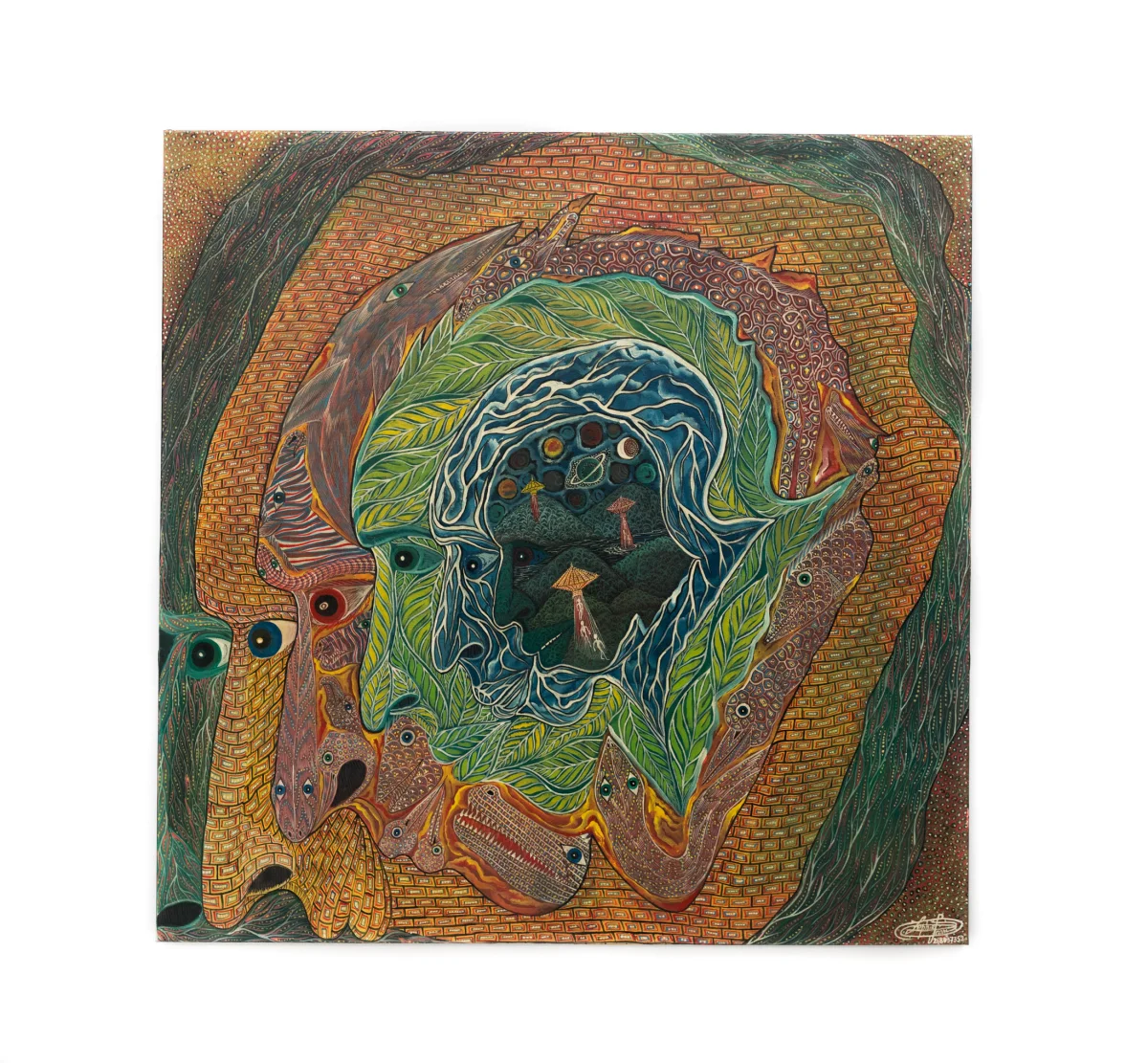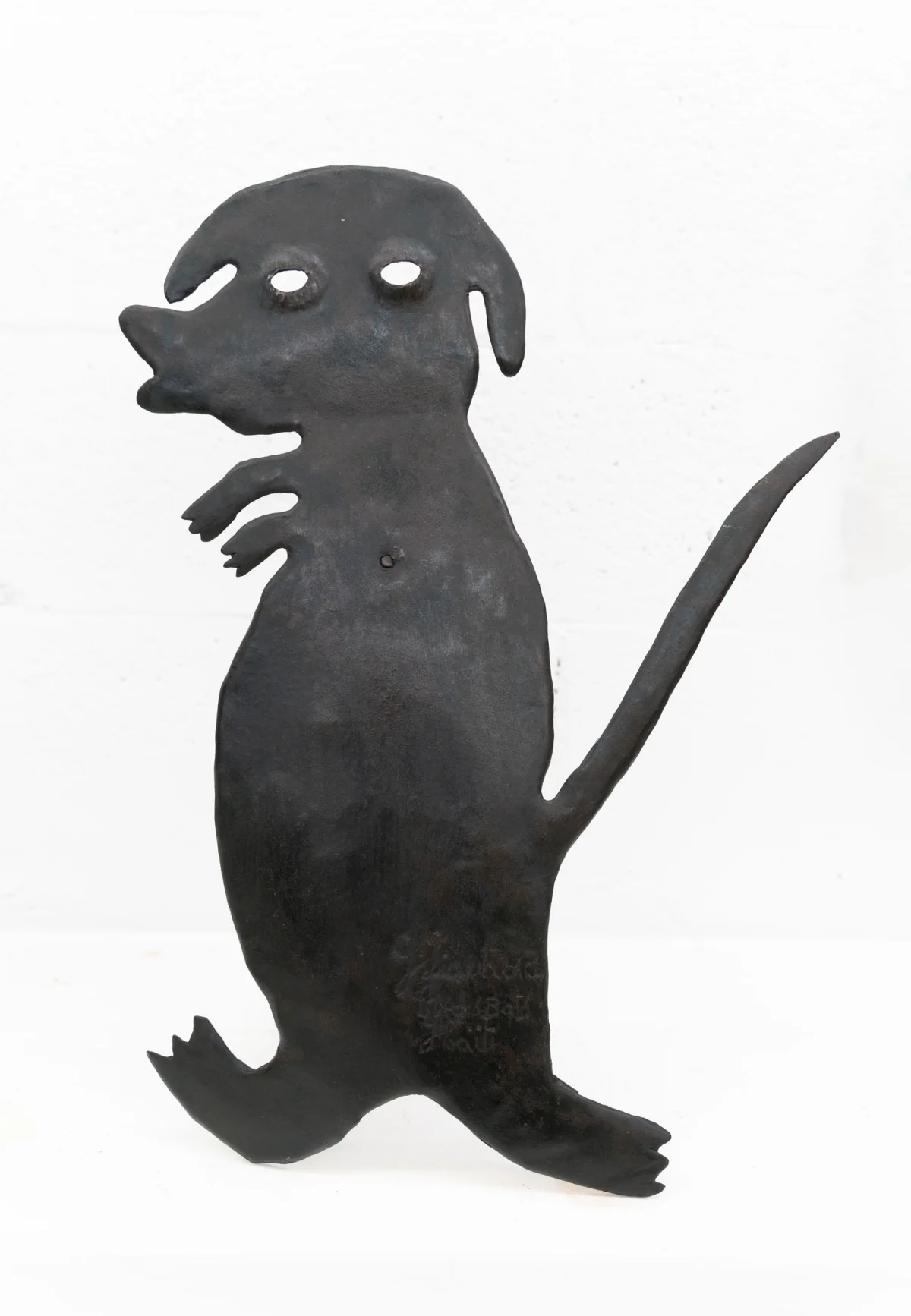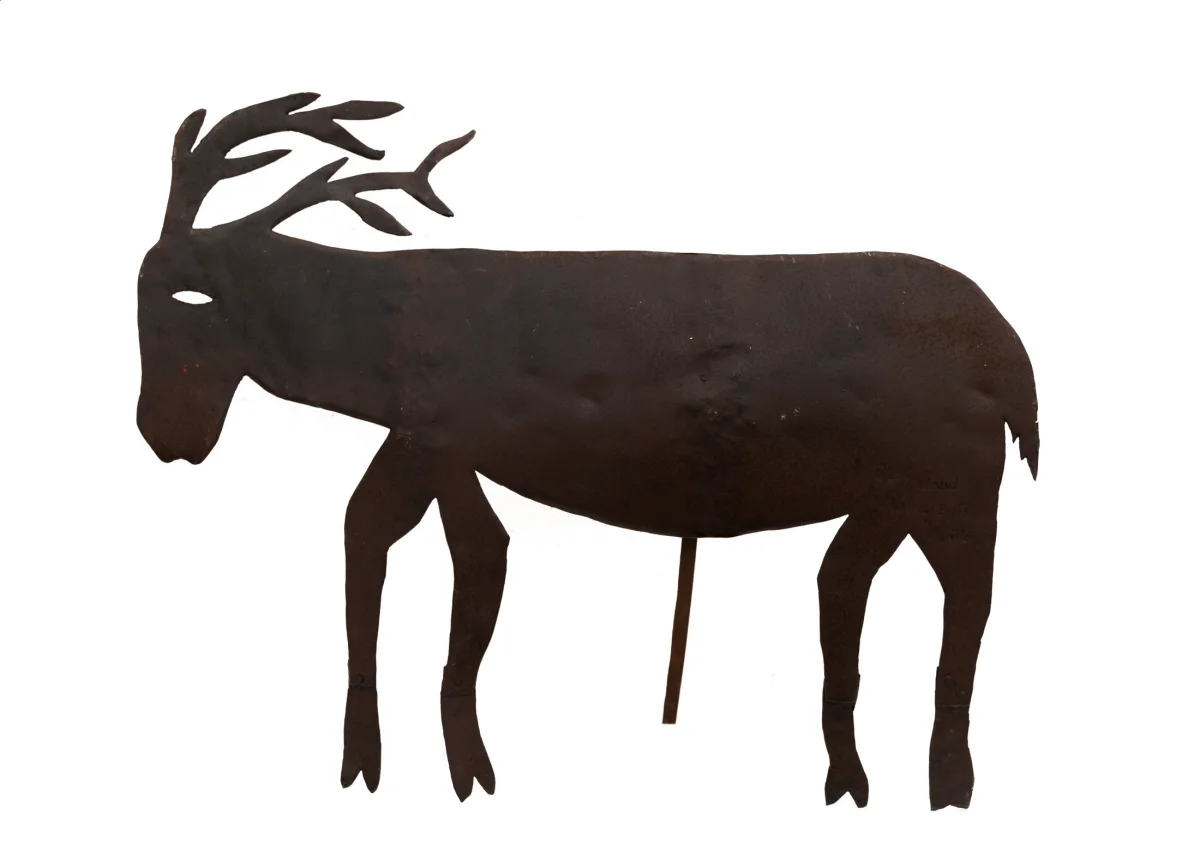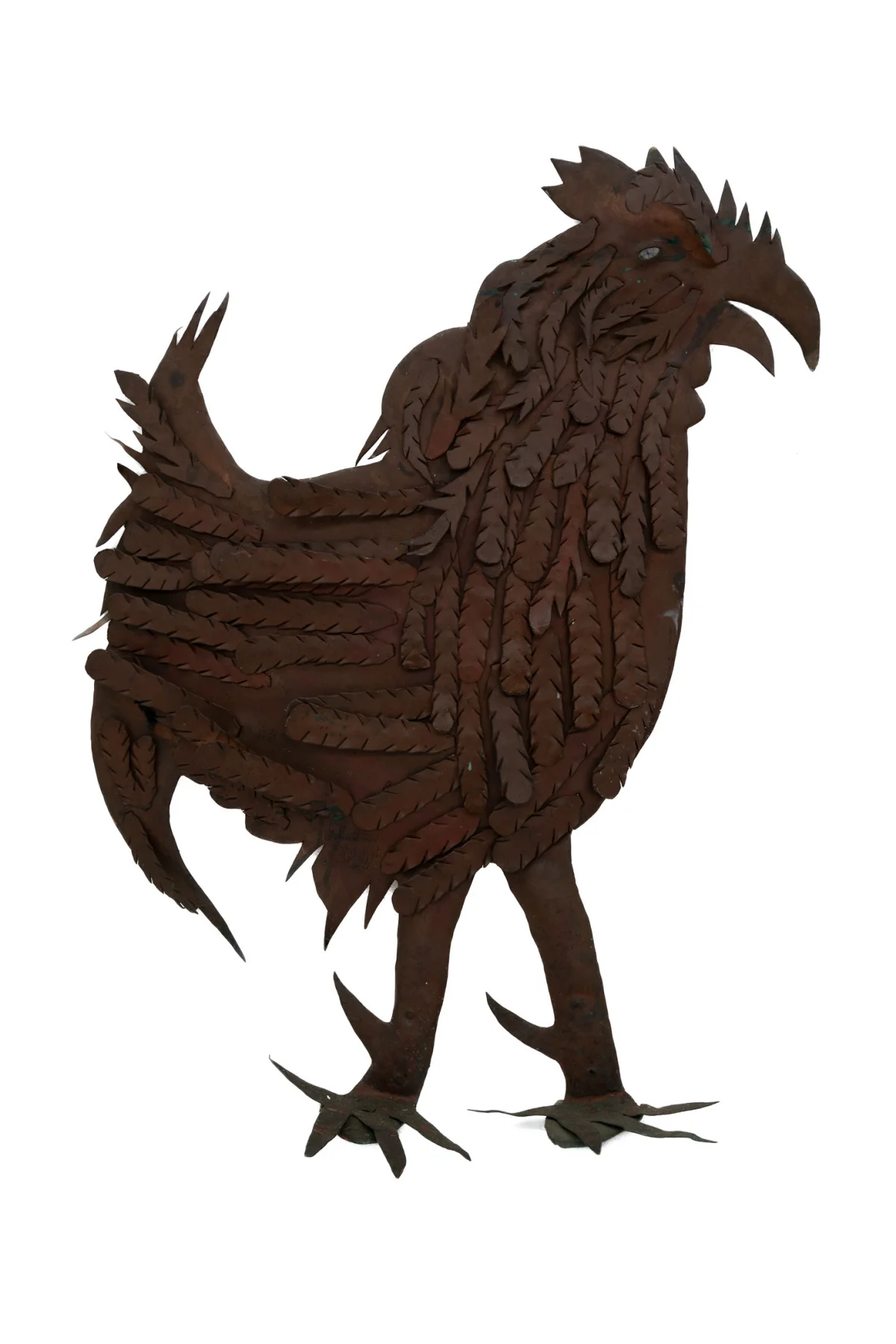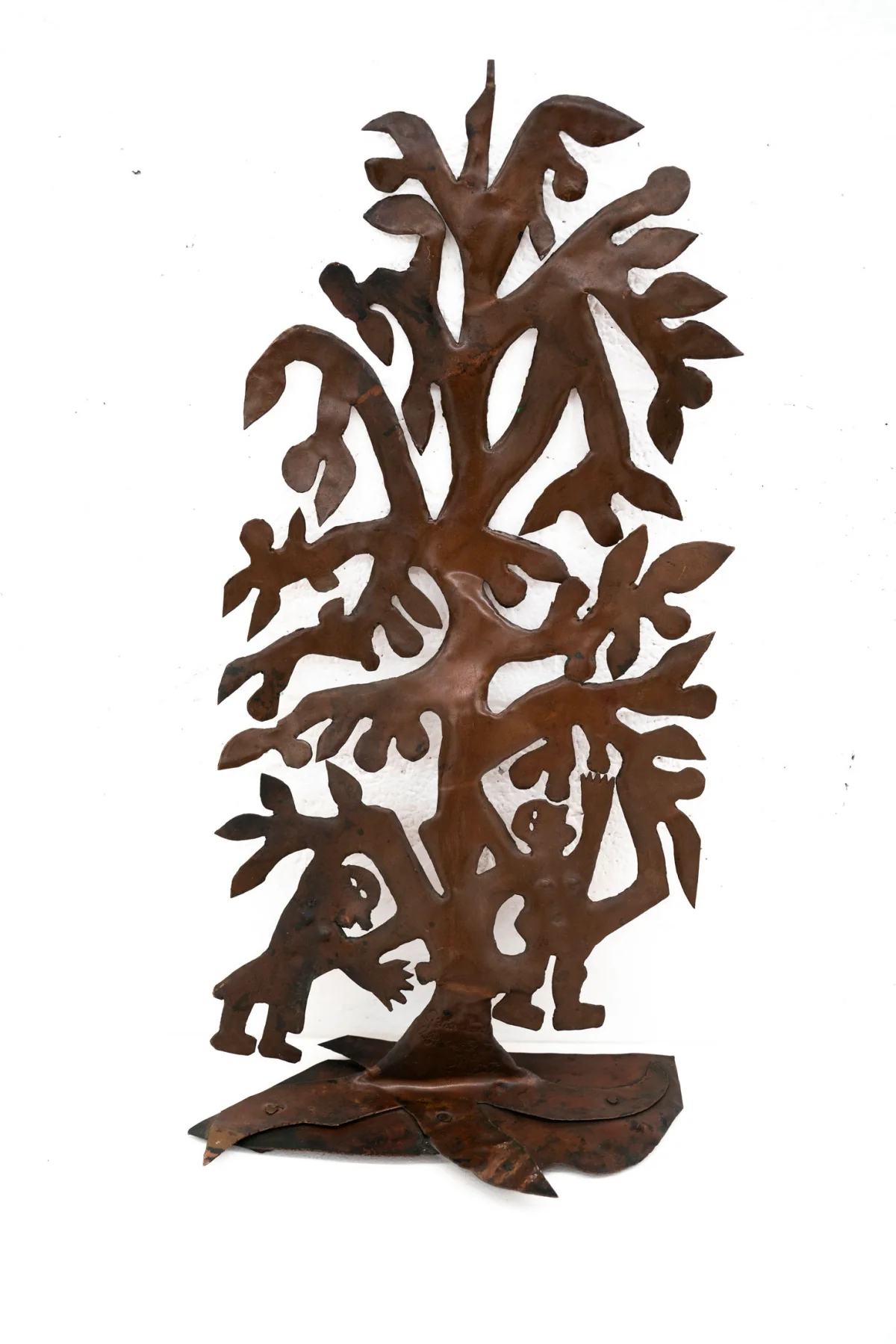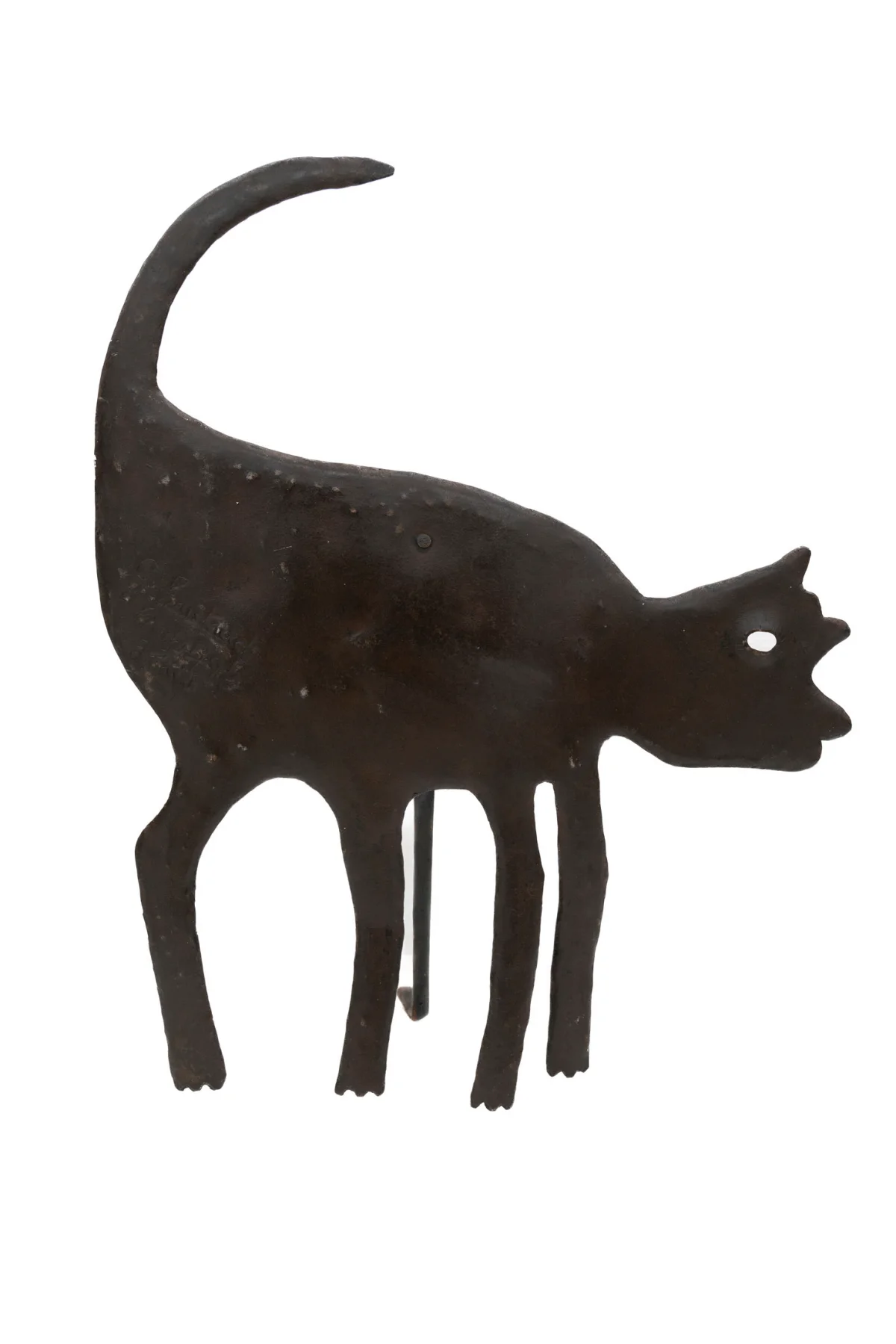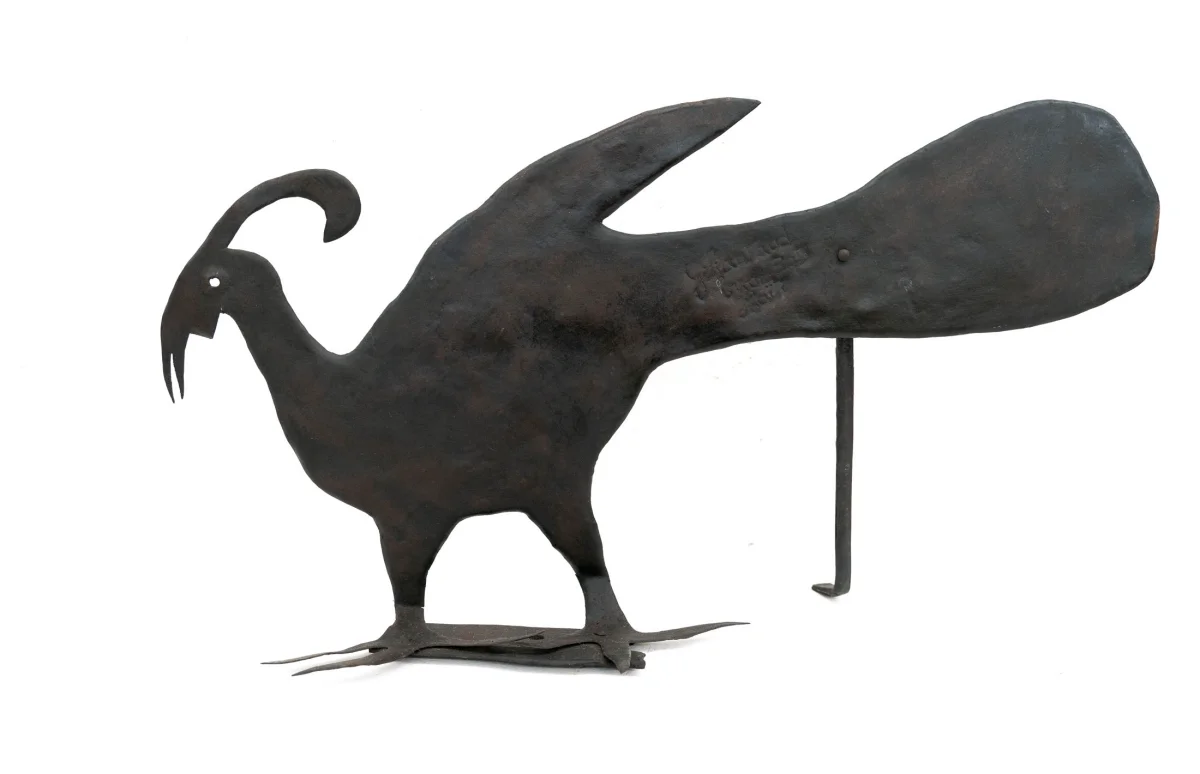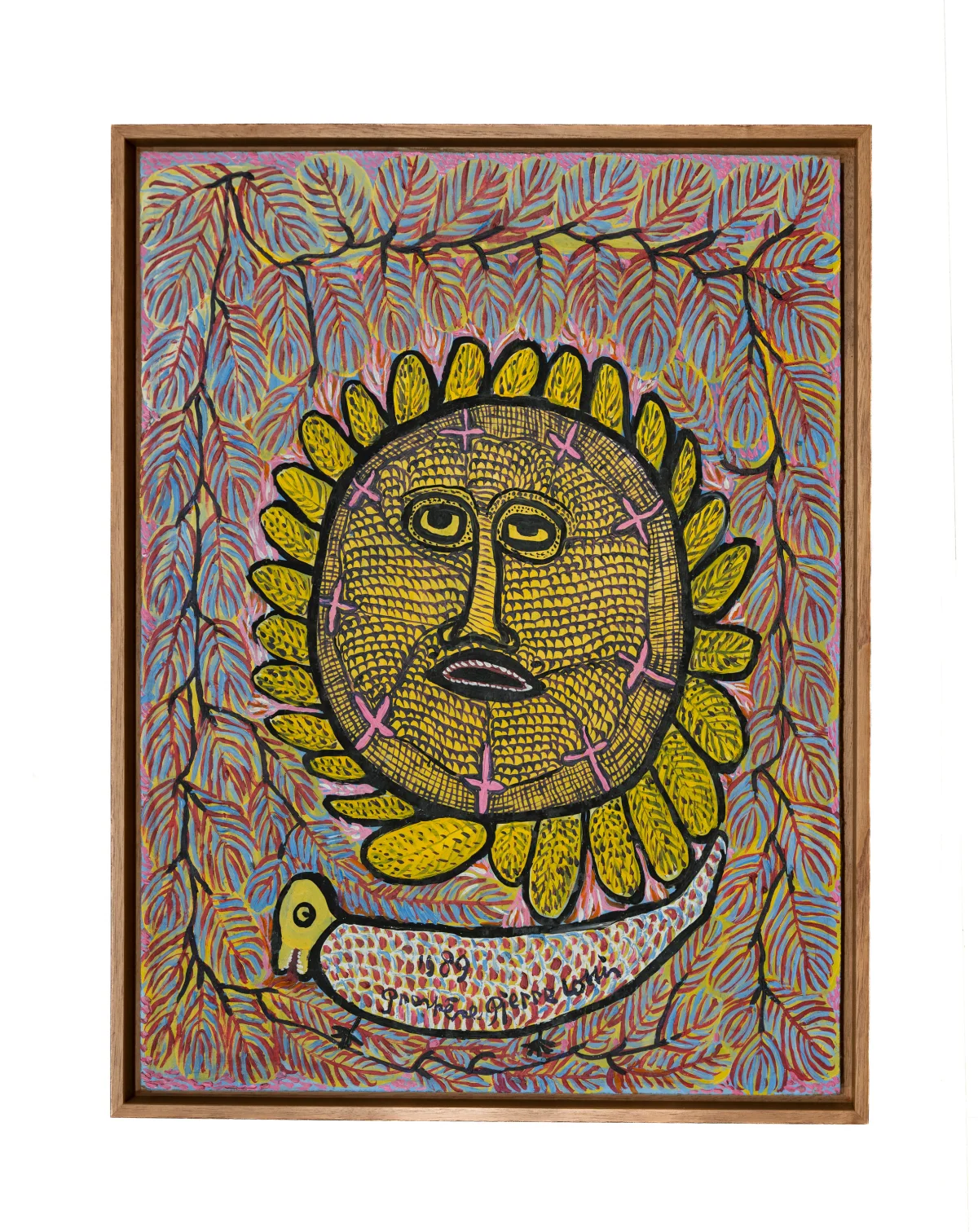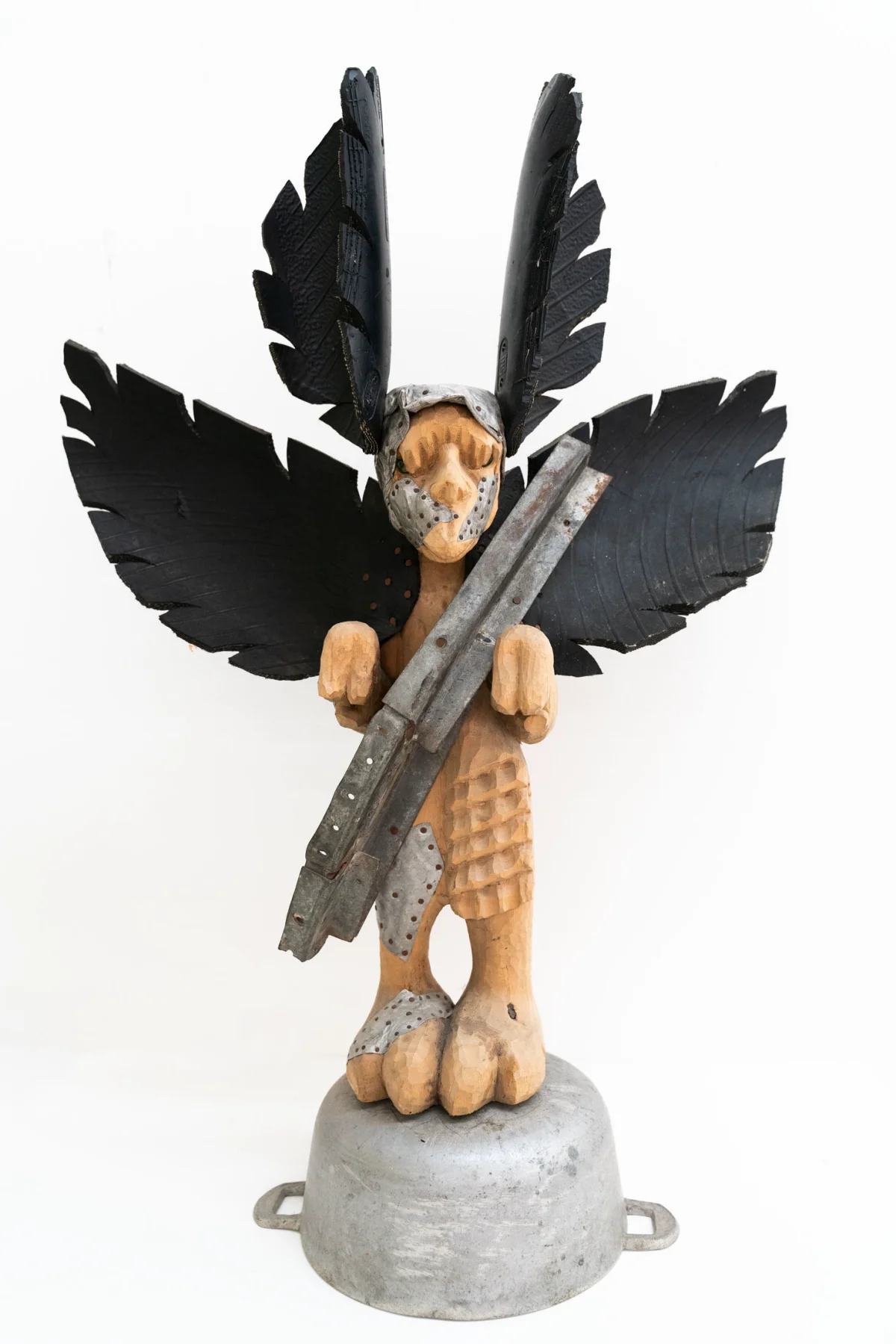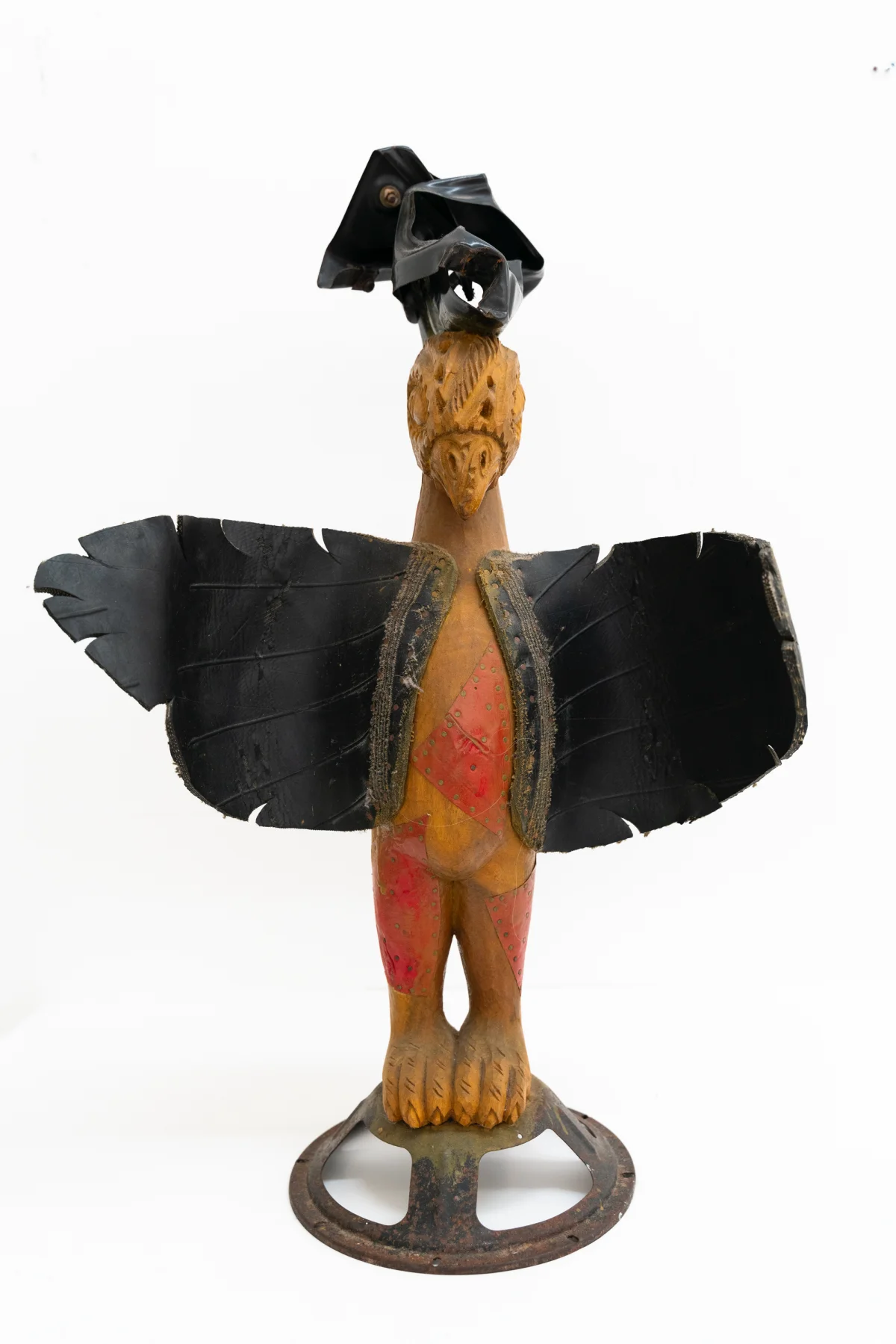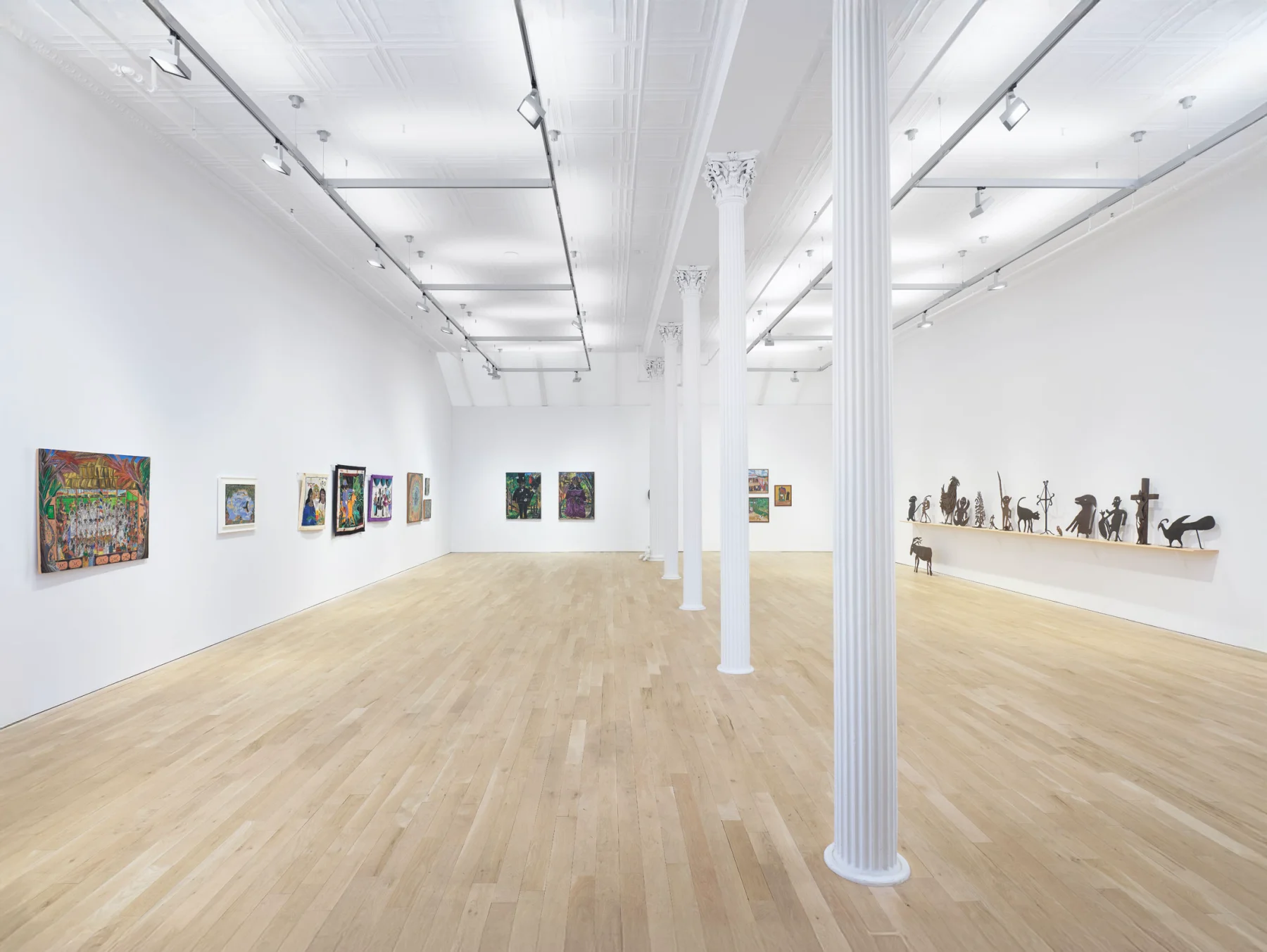Open: Tue-Sat 10am-6pm
17 White Street, NY 10013, New York, United States
Open: Tue-Sat 10am-6pm
Visit
Ayiti Toma II: Faith, Family, and Resistance
Luhring Augustine Tribeca, New York
Sat 2 Nov 2024 to Sat 11 Jan 2025
17 White Street, NY 10013 Ayiti Toma II: Faith, Family, and Resistance
Tue-Sat 10am-6pm
Organized by Tomm El-Saieh
“Haitian paintings will drink the blood of the phoenix. And, with the epaulets of Dessalines, it will ventilate the world.” – André Breton
Luhring Augustine presents Ayiti Toma II: Faith, Family, and Resistance, an exhibition of Haitian art organized by artist Tomm El-Saieh in partnership with El-Saieh Gallery, Port-au-Prince, and CENTRAL FINE, Miami Beach. This project marks the first collaboration between Luhring Augustine and El-Saieh Gallery, and is a continuation of the collaboration between Luhring Augustine and CENTRAL FINE.
Ayiti Toma II is part of an ongoing series, conceived by Tomm El-Saieh, that will explore Haitian art and culture. The absence of a first iteration (Ayiti Toma I) represents the erased culture of the Taíno people who called the island Ayiti, a name which became the revolutionary-era moniker chosen for Haiti by its people. Meaning “land of the high mountains/From now onward, this land is our land,” Ayiti Toma encapsulates the country’s history of survival and renewal. In the presentation at Luhring Augustine, the work of artists from various generations explores the deep roots of faith, the rich legacy of family, and the indomitable spirit of resistance that define Haitian culture and its artistic traditions.
Faith and family are interwoven throughout the works of the modern masters of Haitian art. Reflecting the profound spiritual and cultural essence of Vodou, the paintings of André Pierre and the grand maître, Hector Hyppolite are rich in their references to the natural world and the frequent depictions of Lwa, spirits who serve as intermediaries between humans and the divine. The symbolism evident in the metal sculptures of Georges Liautaud, and his student Murat Brierre, reference a deep connection to the earth and respect for ancestorism, which are central principles of Vodou. The Obin Family School of Painting, which includes Philomé and Sénèque Obin, emphasize the quotidian with depictions of everyday street life and images of resistance. Turning inward to the setting of the home, Luce Turnier’s portraits of family and neighbors capture a familiarity of both her sitters and of the distinct Caribbean aesthetic of the environment.
The works of the living artists in this exhibition blend the forms of their predecessors with contemporary concerns. Frantz Zéphirin’s paintings portray the natural and spiritual realms with a controlled chaos; a nephew of Antoine Obin, his work uniquely reinvents the tradition of The Obin School of Painting and recalls the works of Pierre and Hyppolite. Inspired by colloquial language and expressions, the symbolism and figuration in Jean Hérard Celeur’s sculptures recall those of Liautaud and Brierre before him. The drapo of Myrlande Constant span the subjects of Vodou cosmology, history, and popular culture. Constant’s works are intricately beaded in her studio by her and her family, whereby artmaking and storytelling are ensured to be kept alive for future generations, as it has for the Obin family. In Haitian history, resistance can be traced as action against imperialism, a desire for national, religious, and cultural sovereignty, and as a passing-down of traditions and stories, which preserves memory and refuses oblivion.


